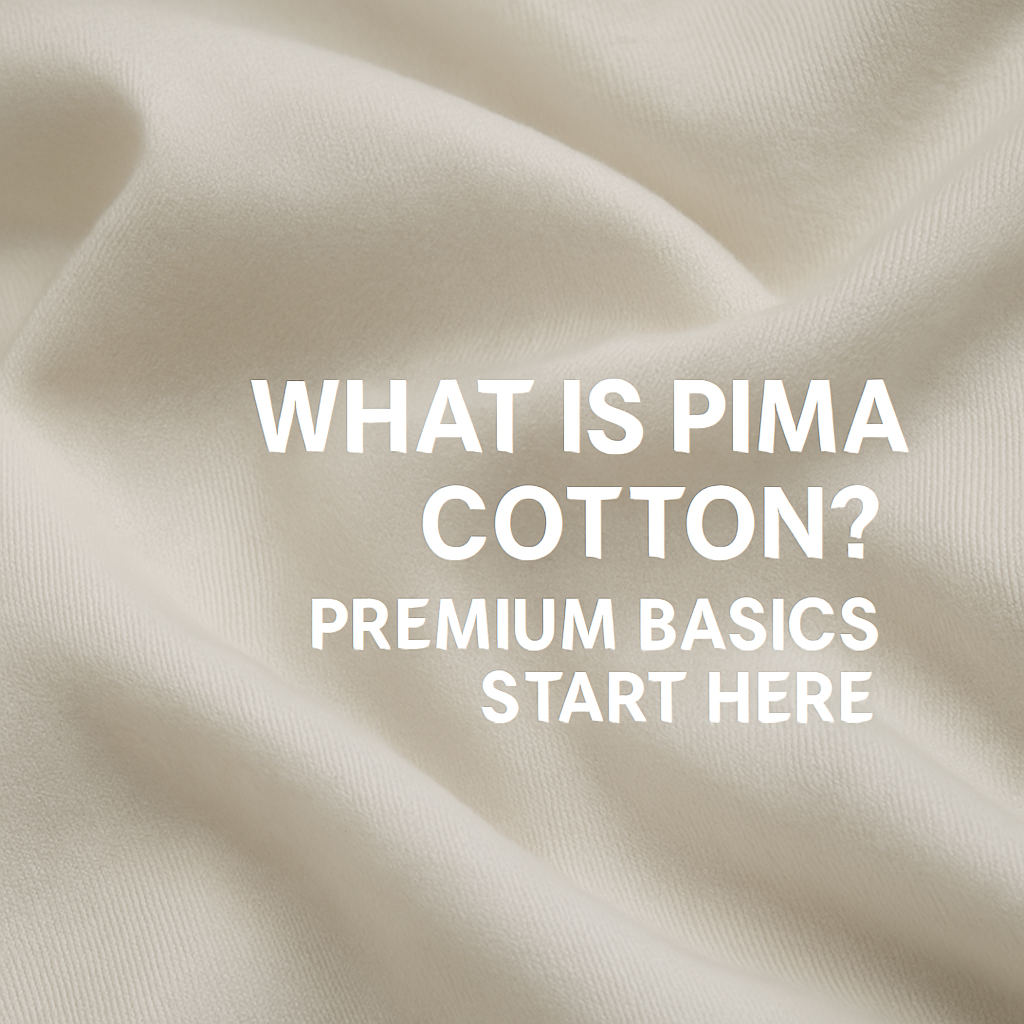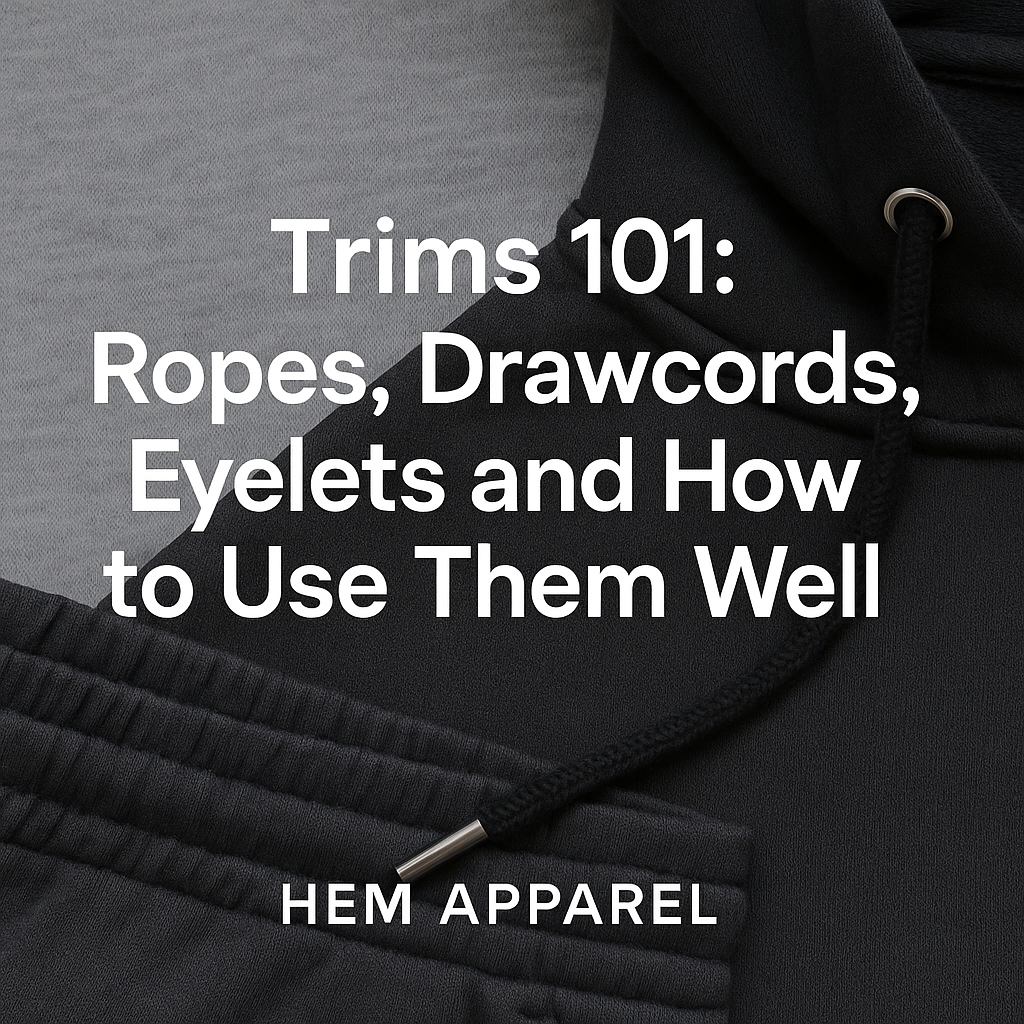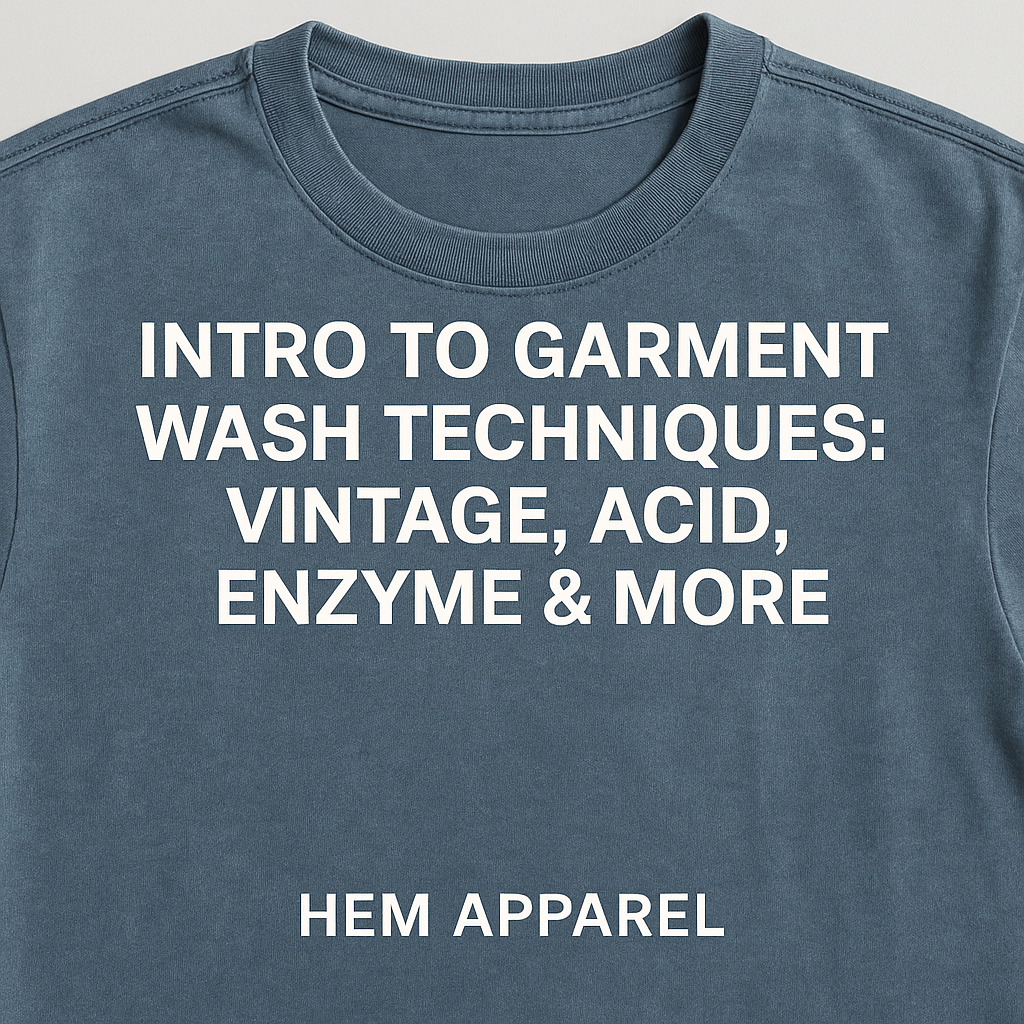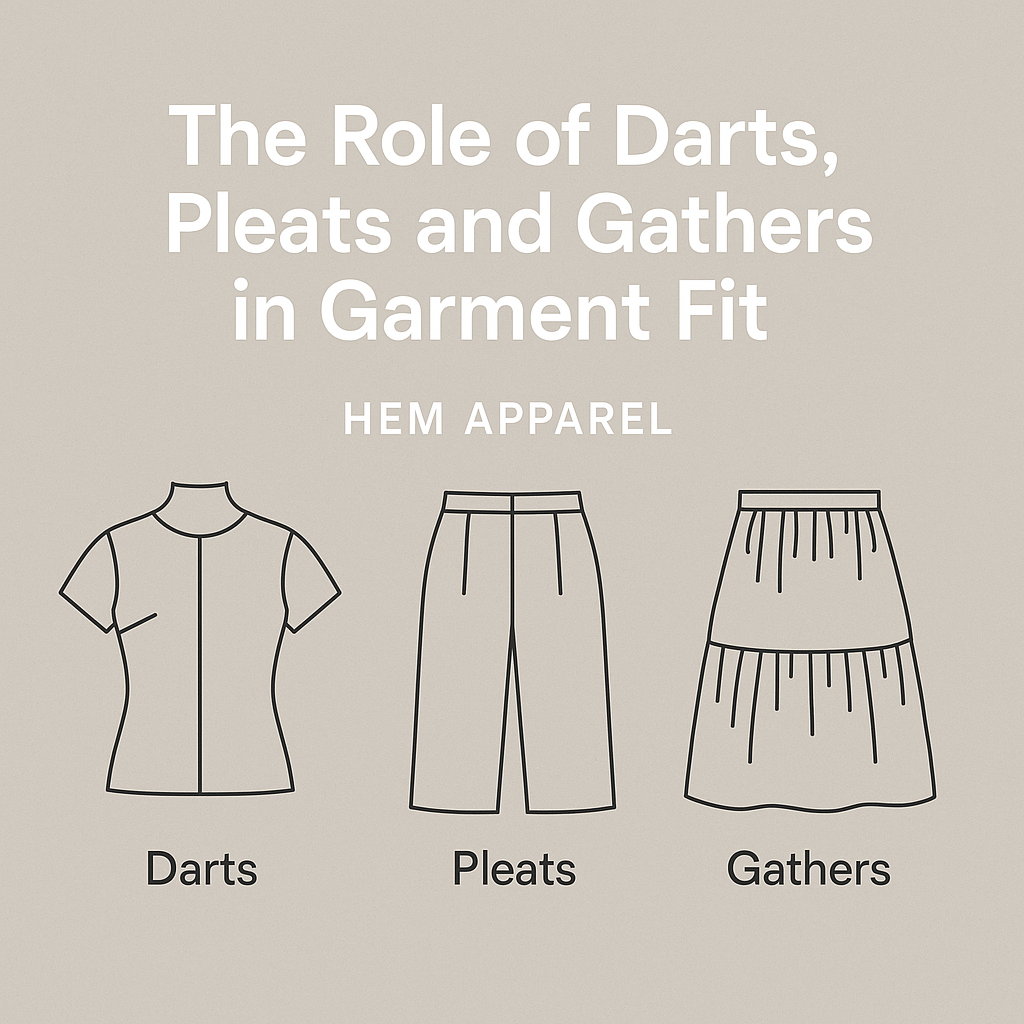If your brand is all about quality — especially in everyday essentials like tees, polos, or underwear — chances are you've heard of Pima cotton.
At HEM APPAREL, we work with Pima cotton and Supima® fabrics to help brands elevate their basics. Here's why this fabric is worth considering.
🧵 What is Pima Cotton?
Pima cotton is a type of extra-long staple (ELS) cotton originally grown in Peru and the southwestern U.S.
Compared to regular cotton, it has:
-
Longer fibers → smoother and stronger yarn
-
Softer handfeel → less irritation on skin
-
Better durability → resists pilling and fraying
✅ It’s often used in luxury basics, thanks to its comfort and clean finish
🆚 Pima vs. Regular Cotton
| Feature | Regular Cotton | Pima Cotton |
|---|---|---|
| Fiber Length | Short to medium | Extra-long staple (ELS) |
| Softness | Varies (coarse to soft) | ✅ Silky smooth |
| Durability | Can pill or wear out | ✅ Stronger, lasts longer |
| Price | Lower | ✅ Higher (but worth it) |
🌿 Is Pima Cotton Sustainable?
-
Grows with fewer pesticides (especially Peruvian pima)
-
Longer lifespan = fewer replacements
-
Often hand-picked → less fiber damage, higher quality
✅ Not organic by default — but a good sustainable step up from standard cotton
👕 Best Use Cases
-
Premium T-shirts & polos
-
Babywear and sensitive-skin clothing
-
Luxury sleepwear or casual basics
-
Undergarments or fitted wear (smooth against skin)
⚠️ Notes Before You Use
-
It’s more expensive than regular cotton — plan pricing carefully
-
Requires proper labeling if using Supima® (trademarked U.S. version)
-
Not ideal for distressed or raw streetwear aesthetics
🧠 HEM APPAREL’s Tip:
If you're positioning your brand in the mid to high-end basicwear segment, Pima gives a clear tactile upgrade without reinventing your fit or design.
We help brands test GSM, dye absorption, and shrinkage before moving to full production.





